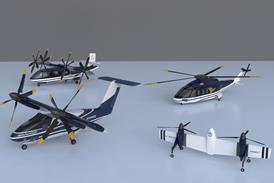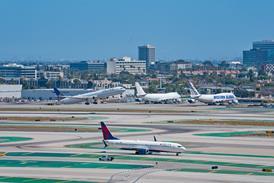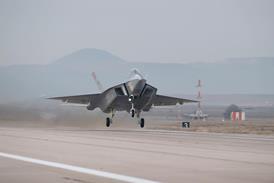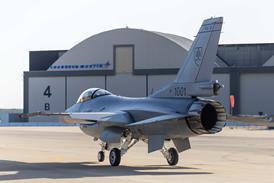The most significant event in recent USAFTPS history was the arrival, on 1 October, of the NF-16D variable stability in-flight simulator (VISTA). The aircraft was destined for the Davis-Monthan storage centre, Arizona, when it was diverted to the USAFTPS. There, it can be used as a comprehensive test and training aid, as well as for continued evaluation.
"It's a win-win for all of us," says Col Steve Cameron. "We find people who have projects and money, but no flight test resource. So the reports we come out with are Flight Test Center reports, not TPS reports." USAFTPS's operation of VISTA, which continues to be maintained by Veridan (previously Calspan), sustains the aircraft as a long-term resource for the USAF while providing the school with the "jewel in the crown of our curriculum", says Cameron.
VISTA's versatility makes it an ideal training tool for increasingly complex systems of contemporary and future aircraft, adds Cameron. The evaluation pilot sits in the front cockpit which is equipped with a variable feel centre and side-stick which give the correct feel characteristics for the flight control law being simulated. It is also configured with a reconfigurable helmet-mounted and head-up display (HUD) to replicate various display formats.
A safety pilot sits in the rear cockpit, maintaining full pilot-in command functions and management of the VISTA configuration. The rear seater is provided with a HUD repeater, other repeater displays and automatic throttle tracking.
ETPS' variable stability Beagle Basset has been in service for many years and is used by the fixed and rotary wing courses, but a light aircraft has limited utility for dynamic manoeuvres. The fixed-wing students use the ASTRA Hawk for dynamic assessment. A variable-stability helicopter is on the USAFTPS' wish list.
The ASTRA Hawk allows the student to fly the aircraft from the front seat while the instructor - who also acts as safety pilot - can dial in changes to the flight control system. The student has a side-stick and central stick, both of which can be used as a displacement or force inceptor. A recent upgrade has added a modern air data computer and liquid crystal display as well as INS/GPS navigation and a 1553 databus. The navigation system will allow the aircraft to be cleared for flight to the ground while being flown from the front seat. The instructor can also add lead and lag to control circuitry and stiffen responses,
USNTPS employs a SH-60 Seahawk with variable stability and it contracts two similarly configured Learjets from Veridan. The aircraft, for example, can be used to simulate different damping ratios.
The USAFTPS also uses the Learjets which can be programmed to fly using control laws developed by students. "They build a set of flight control laws for things like landing tasks in the pitch axis. We put it into the Learjet and flight-test them. They get to know all about pitch rate feedback, and learn about filters and so on," says Cameron.
Source: Flight International




















